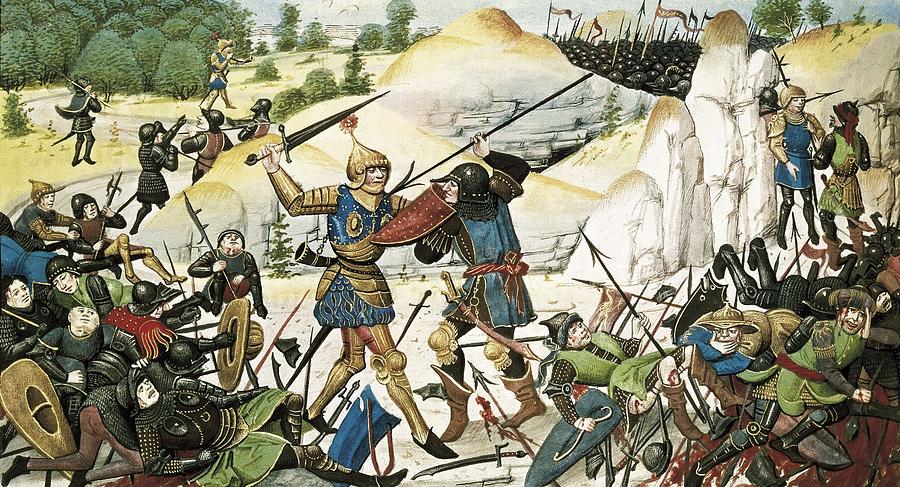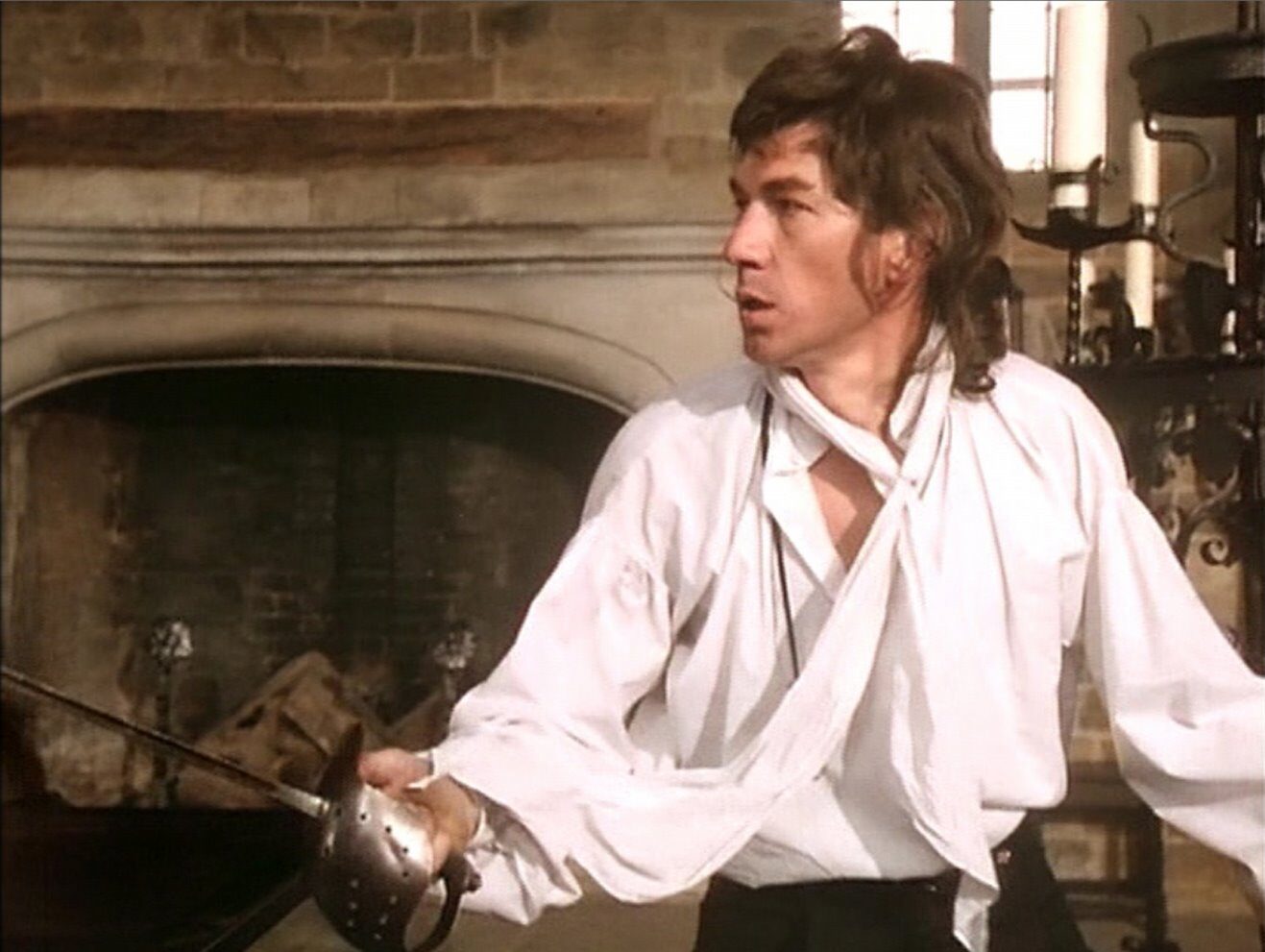Home » Posts tagged 'France'
Tag Archives: France
The Hunchback of Notre-Dame
(Notre-Dame de Paris)
Victor Hugo
1831
(Love for a young gypsy woman allows an ugly man to rise above the world’s hatred of him, and to show his inner beauty).

Beauty and beast stories are thousands of years old. Here is how they generally go: a beautiful maiden somehow must associate with a character of less-than-alluring appearance, such as an animal, a god in disguise, or a magically uglified human. The girl eventually sees beyond the grotesque exterior to the real person inside, and falls in love. Then very often the whole moral is promptly compromised by the male character’s transformation into the handsome prince. Ah—it’s really about outward appearance (and wealth) after all! I write this with a smirk, as in fact those stories are not claiming that outward appearance should have no importance, but just that love can be demonstrated to be rooted in deeper things if we remove good looks as an experiment. (By the way, we’re generally talking here about removing the man’s good looks. Removing the woman’s good looks is far rarer in literature, as any student of human behavior could have predicted.)
Victor Hugo, perhaps the wisest of the great French novelists, wrote the perfect beauty and beast story—indeed, could do so only because he was wise. He understood beauty and was true to it in all its manifestations; and he understood ugliness and was fearless and trenchant in portraying its effects and implications. The novel is fundamentally about beauty: of Notre Dame cathedral, of Quasimodo its deaf mutant bell-ringer, of Esmeralda the gypsy girl. The beauty is very different in the three examples, except in fragility, which they share—these three beautiful things, a building, a beast, and a belle. And their fragility is due to ugliness, which likewise takes diverse forms.
The Little Prince
(Le Petit Prince)
Antoine de Saint-Exupéry
1943
(A little man leaves his tiny planet to explore the universe, only to discover that the most important things in life can be found anywhere.)

As hackneyed as the term “gem” is in the description of short and delightful books, The Little Prince has got to be the epitome. What other modern story is so small, simple, beautiful, and valuable? It radiates purpose modestly, its convincing naivete managing somehow to soften sharp lessons within a sweet and personal story. An actual gem, however, can be valued by anyone, even the unworthy—those who value it only because they can use it to get something else. The Little Prince has no such utility. Its essence is a rebellion against the importance we tend to place on utility. If we find ourselves appreciating The Little Prince, it can only be because we see some light in the book’s countercultural perspective—because we love this small meandering tale according to its true worth.
The Song of Roland
(La Chanson de Roland)
anonymous (Turold?)
late 11th century
(The mightiest and noblest of Charlemagne’s crusading knights is betrayed, but his companions stand fiercely by him as the Saracens attack.)

The year is 778. The brave knight Roland and his army, led by eleven of the noblest warriors in Christendom, watch in horror as an army five times larger than their own approaches through the Roncevaux Pass in the Pyrenees. Roland’s friend Oliver urges him to call for Charlemagne’s aid with his famed olifant horn. Roland will not. He will trust to God, to France, and to his sword Durendal. He shouts a rallying speech to his men– this is their day to shine. They banish fear and meet the Saracens. This is an anthem of a book– a mighty, direct, vibrant punch of a poem. It is simple, stylized, yet well balanced; powerful, but not without subtlety. It is short, as epics go– slim and to the point, forget the historical backgrounds and love stories. This is the earliest surviving and the best of its genre– the “Songs of Deeds”, or Chansons de geste, of medieval French literature, of which there were hundreds. In style, in its portrayal of the values of chivalry, in its composition, and in its spirit, it is the supreme knightly adventure poem.
The Scarlet Pimpernel
Emmuska Orczy
1905
(A master of disguise rescues French aristocrats from the guillotine and drops them safely into London society—until a sly French inspector tracks him down.)

Don’t let the title’s reference to a dainty flower and the femininity of the author fool you. This is no Austen or Brontë novel. It is a hearty adventure, more along the lines of the father of adventure stories Sir Walter Scott, or Dumas, or Stevenson. What a treat to have a woman join these illustrious ranks! Rugged oaths and swordfights may be lacking, but stories stocked with those can easily be found elsewhere. Instead Orczy proficiently places a “caped avenger”-style suspense drama (a genre some say she invented) against a backdrop of fashionable London society. The high manners, the social competition, the gossip, the dress, the flamboyant events… Orczy was a baroness herself, and this is undoubtedly part of the reason why she was able to present these ingredients with such freshness and authenticity. But all this is ancillary to the mystery and excitement that lend this tale its permanent appeal.



Madame Bovary
October 21, 2020 / Leave a comment
Gustave Flaubert
1857
(An unhappily married woman pursues a lifelong quest for the fulfillment of her romantic desires, by any means necessary.)
When a novelist is said to rebel against romanticism, anyone with an imaginative, adventurous, passionate, chivalrous, or spiritual streak may be forgiven for wanting to give it a pass. Such a writer sounds staid and dry, shaking a finger at anything beautiful or enjoyable; or worse, morose—seeing the gray in everything and anxious to spend hundreds of pages sharing it with you. So who is this Flaubert, then? Flaubert with the beautiful descriptions, the engaging plot, the dramatic scenes, the fevered dialogue? With this great author’s help we should make a crucial distinction. Flaubert’s aim is leveled not at imagination or adventure or passion or chivalry or spirituality per se, but rather at the perverse attention romantics often pay to the emotional effects that these things have on us. Just as it is not money itself, despite frequent misquotes, but the love of money, that is said to be the root of all sorts of evil, likewise it is the worship of imagination’s fancy-tickling effects, rather than imagination itself, that novels like Madame Bovary seek to dethrone. Emma Bovary ruins her life because, in Flaubert’s words, she seeks emotions, not landscapes. She has a sentimental rather than artistic temperament, meaning she wants to gobble up beauty rather than appreciate it. The romanticism Flaubert criticizes is selfish, subjective, emotivist. It is that attitude which confuses sensual appeals of luxury with the joys of the heart. It is what says “Give me that” rather than “That is wonderful”. Even a true romantic, a healthy romantic– perhaps especially such a person– can doff the hat to Flaubert for this.
(more…)